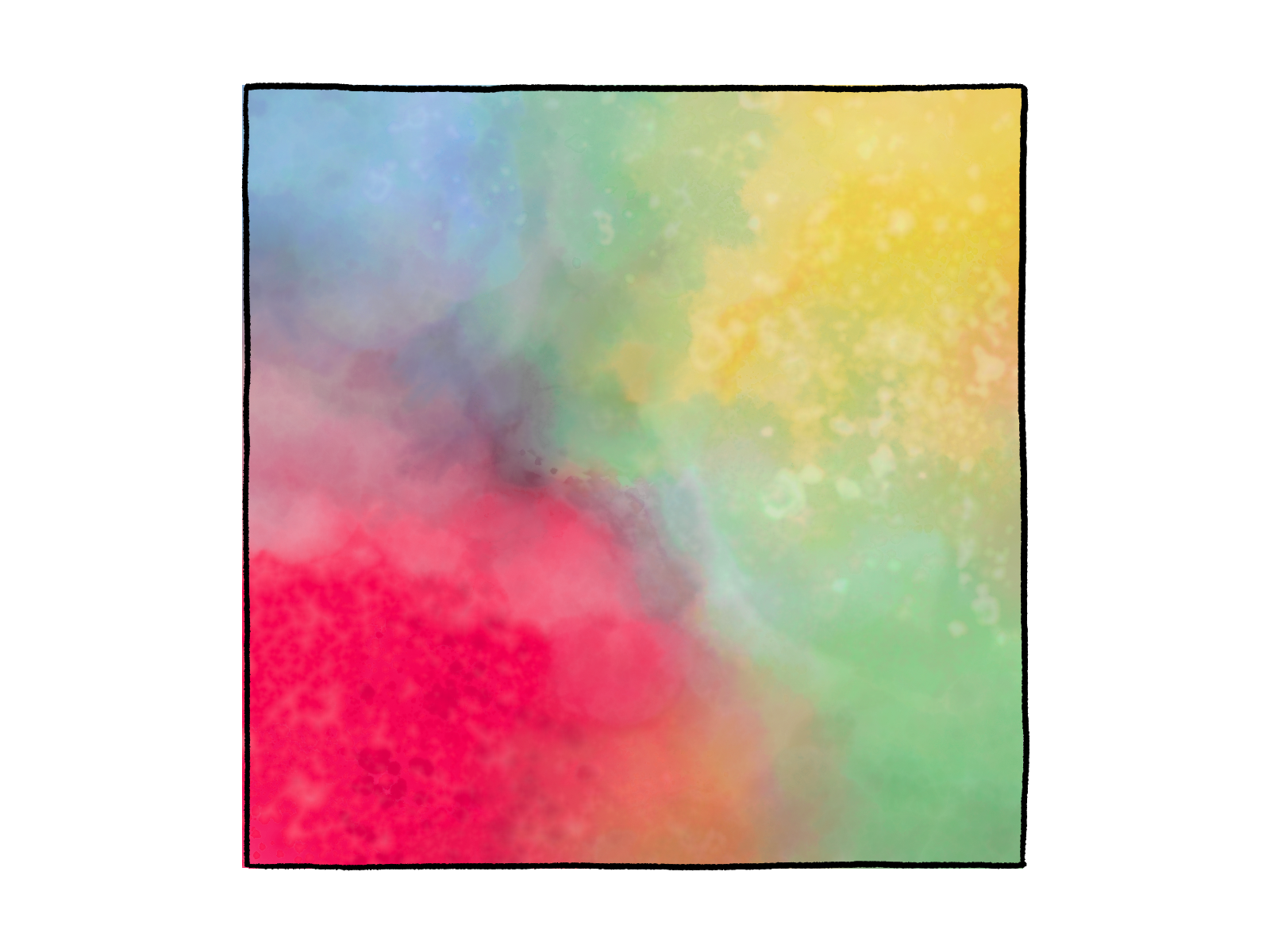





Chapter 4. The Square Copy

“Alright. What exactly is Cue-Centered Therapy?”
You smile and sit up tall. “Well, a lot of what we mean when we talk about Cue-Centered Therapy, or CCT, can be described by ‘The Square.’” You draw a square on your notepad. “In the square, we have four domains that can be affected by trauma,” you write one down in each corner: “How we feel, how we think, how we behave, and what’s happening inside our body. You already gave us some examples, like when you feel weird or worried or dizzy, or when you lash out at coworkers.”
Tasha squirms a little.
“These four domains are all connected to each other, just like in a square.”
“Connected, how?”
“Well, we have the power to change the corners of the square. Change, as in modify how we feel, or shift how we think. And when we change one corner in the square…”
“The others will change, too?” Tasha’s eyes light up.
“That’s absolutely right,” you answer with another smile. “In CCT, we explore each of these corners and teach you coping tools designed to address each one, and then that corner can influence all the others. Does that make sense?”
Tasha nods deliberately.
“Let’s go through an example,” you continue. “Can you think of a situation that was slightly negative?”
“Slightly negative?” Tasha repeats, thinking. “I don’t know, I had a negative situation with a neighbor recently. He didn’t like my cat running in the hallway, and he yelled at me really mean. I felt bad about it.”
“When you say ‘bad,’ what do you mean by that? What was the actual feeling behind it?”
“I think I felt…” Tasha trails off. She scratches her forehead. “I was mad at him, because my cat wasn’t doing anything. She was just walking. She didn’t bite him or scratch him. She was just, kind of, there. I don’t know. I felt mad, I felt angry.”
“So what you were thinking at the moment was, like, ‘Why is he doing this to my cat? She didn’t do anything.’ Do you remember having any other thoughts?”
“Not really,” she says, drawing out each syllable. “Afterwards I was just thinking, like, ‘Why are people so mean all the time?’ I don’t know, it always feels like I’m constantly surrounded by mean people.”
“What about physically?” you ask as you write down Tasha’s responses. “Did you have any feelings in your body when your neighbor was yelling at you?”
Tasha widens her eyes and scoffs. “Ugh, I was shaking. My heart was straight up racing. I felt kinda wobbly. I don’t know, it really upset me, the whole situation.”
“And what did you end up doing?”
“I yelled back at him. I—” Tasha pauses, her face reddening. “I went home and I just started crying. Like, a lot.”
“Hm. So it seems like one reaction led you to another, then another. Do you see how this one particular incident not only triggered certain thoughts, but also brought out physical responses?” You point to the corners on ‘The Square’ sketch. “This is what we mean by saying the corners of the square are connected. And if we change one, we’ll affect the rest, as well. Is there one you’d like to pick to start?”
“Maybe…” Tasha says as she wrinkles her brow and purses her lips to the side. “To be less angry?”
“Great, let’s try it out,” you respond enthusiastically. “Imagine this neighbor is yelling at you, but you ignore him. You’re less angry with him. You instead say to yourself, ‘It’s his problem he doesn’t like cats, not mine.’ What might be happening, then?”
Tasha shrugs, a bit dismissively. “I don’t know, if I wasn’t angry, everything would have been different. Like, I wouldn’t have yelled back or cried or anything like that. Probably would’ve been able to go to school and work and all that….”
“I think so, too. If we changed just that one corner, the corner with the negative thoughts, all the other corners would have been different, as well. This is what we’ll do in CCT: you’ll gain the knowledge and skills to help you understand how you have power over your own square.”
